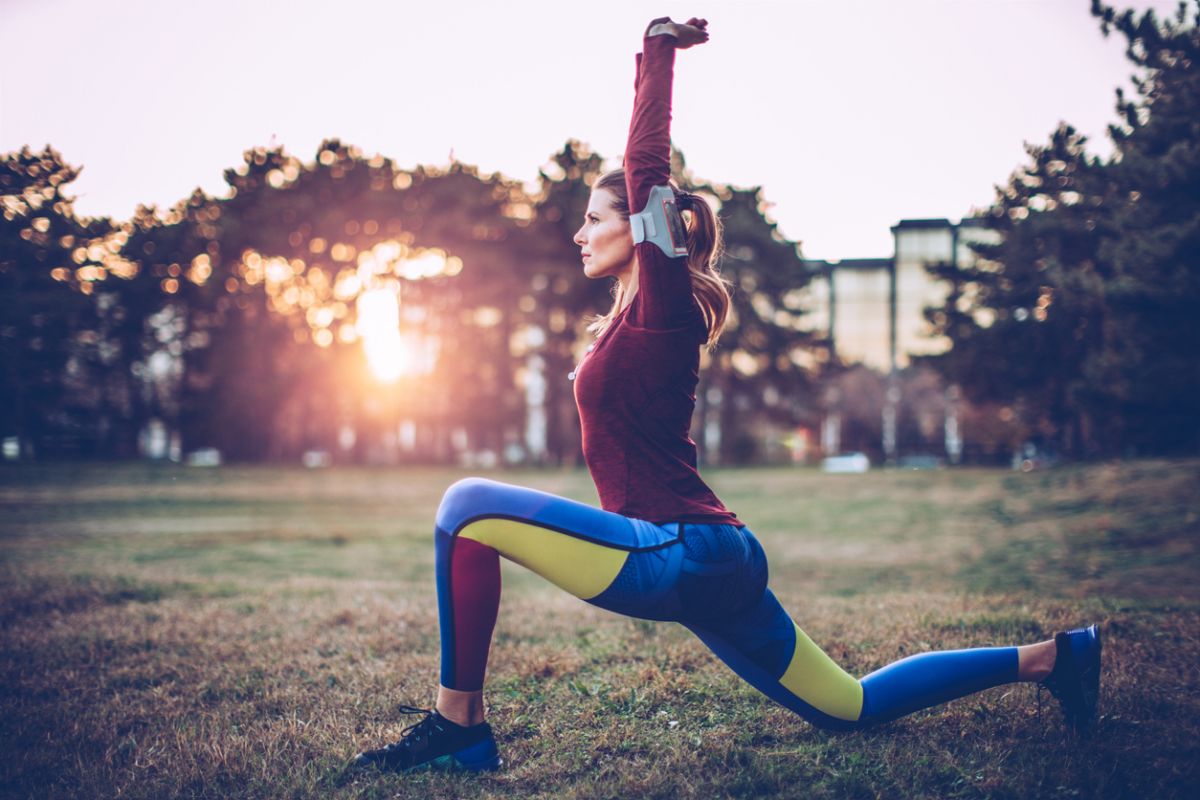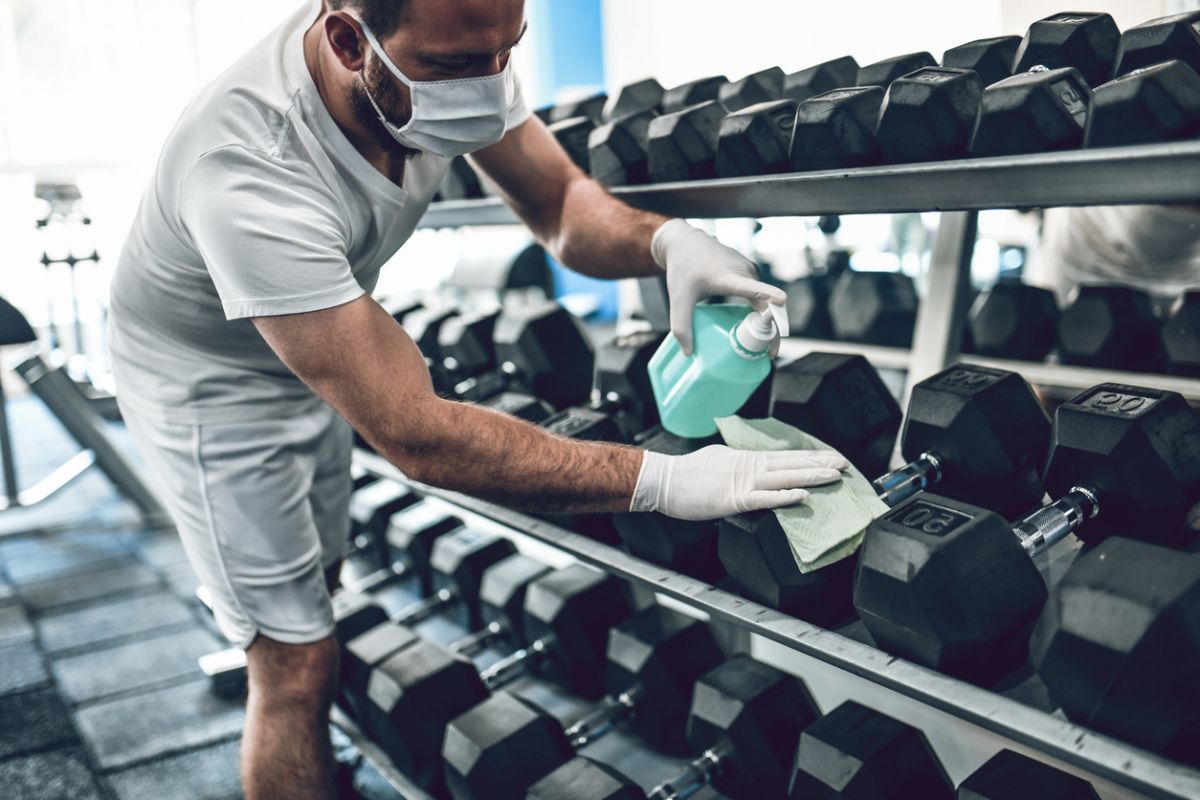A challenge for many of us during the COVID-19 pandemic has been how to remain physically active while largely confined to our homes and unable to access training facilities. As a result, many people may not have kept up their physical fitness levels. With the changing of seasons upon us and the start of a new school year, many of us feel a desire to return to routine, including our fitness routine.
While you may want to dive back in, you should go easy as you build back up to your pre-COVID training regime.
Easing back into it
This applies to athletes and non-athletes alike. To help ensure a safe return to training following periods of inactivity, here are some tips based on guidelines published by the National Strength and Conditioning Association.

Find balance - The COVID -19 pandemic has disrupted more than just our fitness routines. To keep a healthy balance when resuming your physical activity and training schedule, don’t forget about the rest of your daily patterns, such as sleep habits, meals, work/household/academic responsibilities, and (safe) social activities.
Warm up - Be aware that after periods of inactivity, the likelihood of delayed onset muscle soreness (DOMS) increases. Too many hours on the couch scrolling through Netflilx can lead to a loss of strength and flexibility! In order to combat this, a 10 to 20-minute dynamic warm up should be done before workouts.
A dynamic warm up is important to prepare the body for more complex movements. It starts with basic activities to progressively elevate the heart rate and increase mobility, which can then progress into movements or specific activities such as jogging, sprinting, pivoting, lunging, and jumping.

Easy does it - After a period of inactivity, strength and resistance training sessions should initially take place no more than three times per week and should focus on basic movement patterns. In the first month, avoid performing exercises to fatigue or doing physically exhausting drills.
Stay safe - Make sure you're doing all the right things to reduce the risk of spreading COVID-19; if training in a gym avoid large groups, maintain two-metre distancing, follow all cleaning protocols, opt for areas with fresh air ventilation and low humidity, and if you’re not feeling well – stay home!
While the COVID-19 pandemic is a stressful and uncertain time for us all, getting back to physical activity will benefit both your physical and mental health. Following these tips can help minimize the risk of injury and ensure a successful return to your physical fitness routine.
If you'd like support to build back your activity level, schedule an appointment through Virtual Care or in-person services by contacting a Lifemark clinic near you or book an appointment online.
We can help you move and feel better.
Book an appointment today.